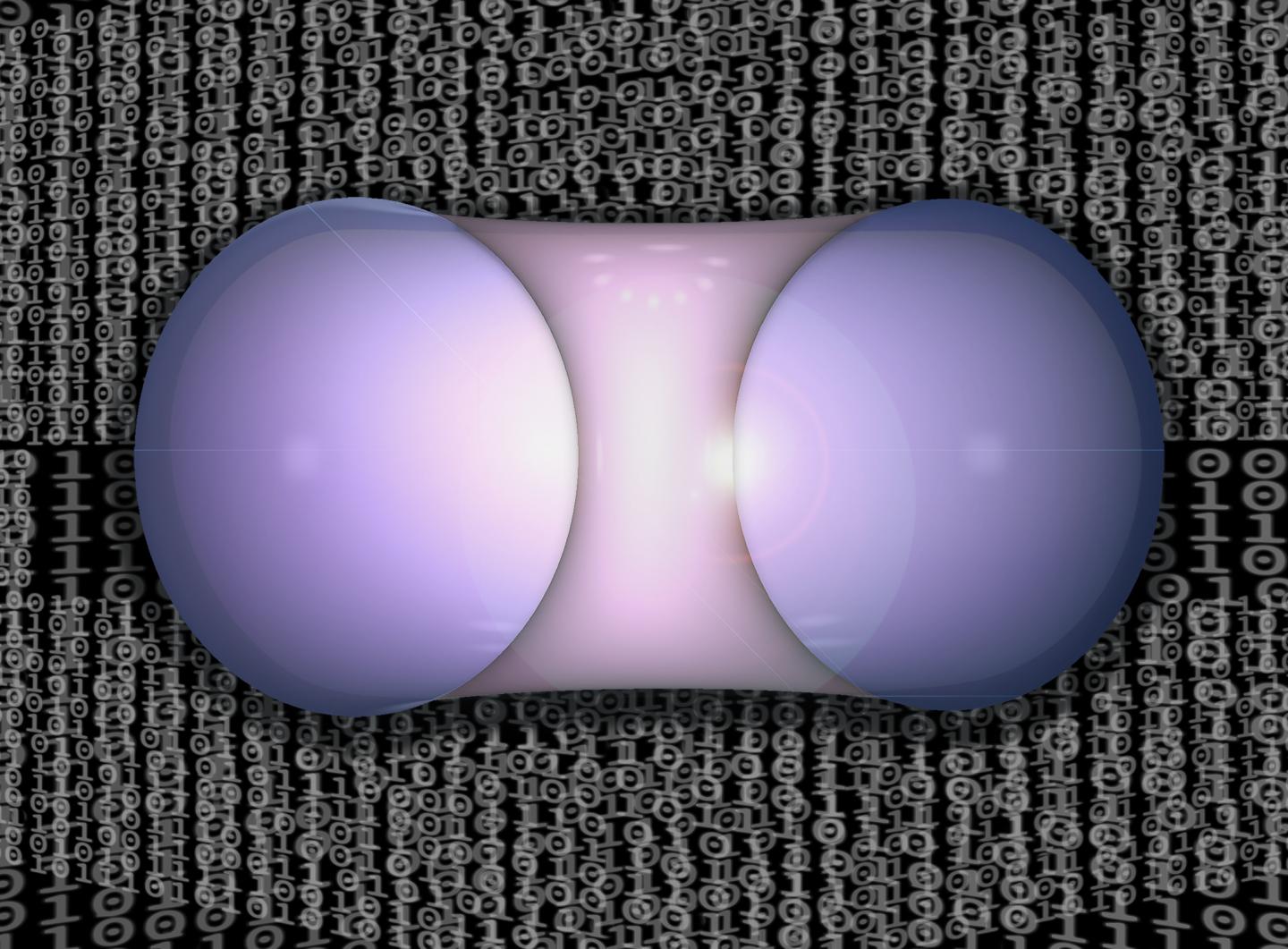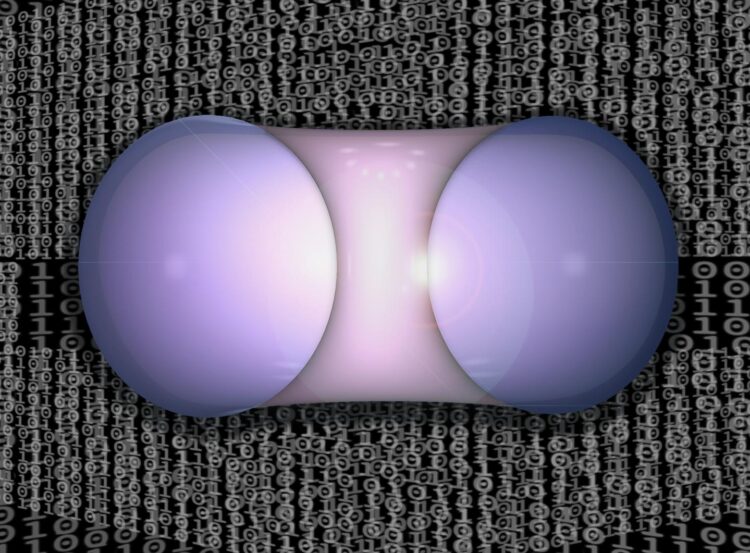
Credit: Elle Starkman / PPPL Office of Communications
Bringing the power of the sun to Earth requires sound theory, good engineering, and a little finesse. The process entails trapping charged, ultra-hot gas known as plasma so its particles can fuse and release enormous amounts of energy. The most widely used facilities for this process are doughnut-shaped tokamaks that hold plasma in place with strong magnets that are precisely shaped and positioned. But errors in the shaping or placement of these magnets can lead to poor confinement and loss of plasma, shutting down fusion reactions.
Now, an international group of researchers led by physicists at the U.S. Department of Energy’s (DOE) Princeton Plasma Physics Laboratory (PPPL) has developed a technique that forecasts how tokamaks might respond to these unwanted magnetic errors. These forecasts could help engineers design fusion facilities that efficiently create a virtually inexhaustible supply of safe and clean fusion energy to generate electricity.
Fusion combines light elements in the form of plasma — the hot, charged state of matter composed of free electrons and atomic nuclei — and generates massive amounts of energy in the stars. Scientists aim to reproduce and control this process on Earth.
The team formulated a rule known as a scaling law that helps infer the properties of future tokamaks from present devices. The law is derived largely from three years of experiments on the DIII-D National Fusion Facility that General Atomics operates for the DOE in San Diego. Researchers also drew upon a database of error field effects maintained by ITER’s International Tokamak Physics Activity group, which coordinates fusion research around the world.
Now data from additional devices with a range of sizes are needed to increase confidence in extrapolating the scaling law to predict how large error fields can be before disrupting in ITER, the multinational tokamak being built in France to demonstrate the viability of fusion energy.
Formation of error fields
Irregularities in the shaping or placement of a tokamak’s magnets can produce error fields that trigger a disruption in the plasma, causing it to suddenly escape from the magnetic fields and release lots of energy. “The question is how large an error field ITER can tolerate without disrupting,” said Nikolas Logan, PPPL physicist and lead author of a paper reporting the results in Nuclear Fusion. “We want to prevent disruptions in ITER because they could both interfere with fusion reactions and damage the walls.”
Since ITER is under construction, the researchers used a mash-up of two computer codes to model the effects of error fields on plasmas for tokamaks in South Korea, China, the United Kingdom, and other countries, strengthening the errors until the plasmas disrupted. The researchers hoped to find patterns allowing them to formulate a simple rule that would help make conjectures about future error field disruptions in tokamaks being built.
The combined codes modeled the plasma more accurately than each individual code could do on its own. The TM1 code developed by Germany’s Max Planck Institute for Plasma Physics solves equations that model chaotic plasma behavior in cylinder shapes, while the Ideal Perturbed Equilibrium Code (IPEC) code developed at PPPL models plasma in a tokamak shape. “By combining these codes, we were able to simulate a wide range of conditions that could occur in a variety of devices, including ITER,” said PPPL physicist Qiming Hu, one of the paper’s authors. “It’s important to get accurate forecasts for ITER because no current machine is that size.”
“This work extends our knowledge of the effects of error fields in fusion devices,” said Raffi Nazikian, head of the ITER and Tokamak department at PPPL. “The combination of numerical and experimental analysis provides a compelling basis for assessing the importance of error fields in ITER and future reactors.”
Next steps
Logan and Hu hope to gather more information from tokamak experiments to make the scaling law more precise, enabling it to forecast plasma performance in both the core and edge regions of the plasma. “This is not an alarm-bell paper,” said Logan. “It just helps physicists and engineers know how carefully they need to consider prospective error fields before putting lots of power into ITER.”
Collaborators included researchers from General Atomics, the Institute of Plasma Physics of the Czech Academy of Sciences, the Institute of Plasma Physics of the Chinese Academy of Sciences, Korea’s Ulsan National Institute of Science and Technology, the United Kingdom’s Culham Centre of Fusion Energy, Italy’s Consorzio RFX, Germany’s Max Planck Institute for Plasma Physics, and the Plasma Science and Fusion Center at the Massachusetts Institute of Technology.
###
The research was supported by the DOE’s Office of Science (FES), China’s National Key RD Program, the Czech Science Foundation, and the European Atomic Energy Community.
PPPL, on Princeton University’s Forrestal Campus in Plainsboro, N.J., is devoted to creating new knowledge about the physics of plasmas — ultra-hot, charged gases — and to developing practical solutions for the creation of fusion energy. The Laboratory is managed by the University for the U.S. Department of Energy’s Office of Science, which is the single largest supporter of basic research in the physical sciences in the United States and is working to address some of the most pressing challenges of our time. For more information, visit https:/
The DIII-D National Fusion Facility is the largest magnetic fusion research facility in the U.S. and has been the site of numerous pioneering contributions to the development of fusion energy science. DIII-D continues the drive toward practical fusion energy with critical research conducted in collaboration with more than 600 scientists representing over 100 institutions worldwide. For more information, visit http://www.
Media Contact
Raphael Rosen
[email protected]
Original Source
https:/
Related Journal Article
http://dx.





